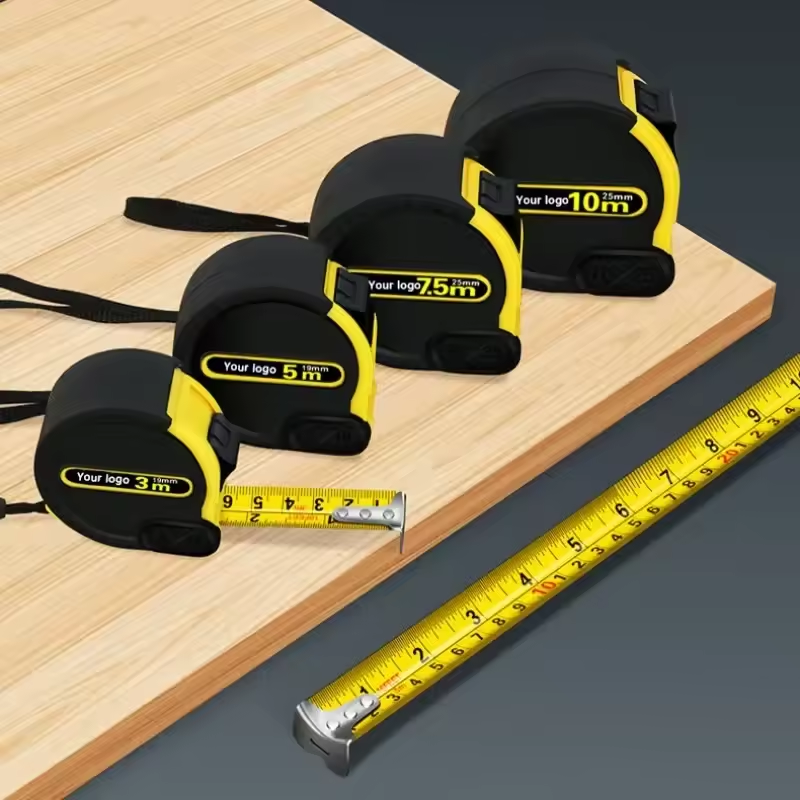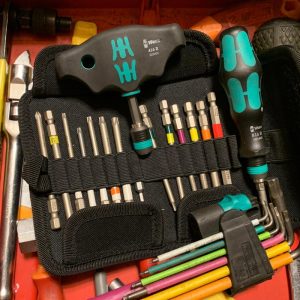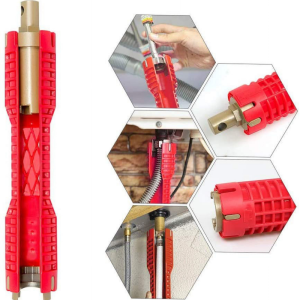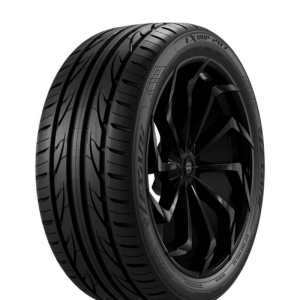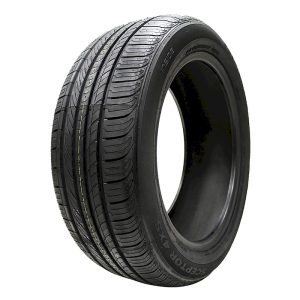
Properly storing your motorcycle tires is crucial for preserving their lifespan and performance. Whether you’re storing a spare set or your bike for the winter, understanding the best practices is essential. This guide will delve into the intricacies of motorcycle tire storage, providing you with expert tips and recommendations.
The Importance of Proper Tire Storage
Neglecting proper tire storage can lead to several issues, including:
- Flat spots: Prolonged weight on the tires can cause them to develop flat spots, affecting handling and ride quality.
- Dry rot: Exposure to sunlight, heat, and ozone can accelerate tire degradation, leading to cracking and premature failure.
- Pressure loss: Tires can gradually lose air pressure over time, compromising safety and performance.
By following the correct storage procedures, you can significantly extend the life of your motorcycle tires and ensure optimal performance when you’re back on the road.
Preparing Your Tires for Storage
Before storing your motorcycle tires, it’s essential to prepare them properly:

- Clean the tires: Remove dirt, grime, and debris from the tire surface to prevent contaminants from damaging the rubber.
- Check tire pressure: Inflate the tires to the recommended pressure specified by the manufacturer. Overinflation or underinflation can lead to issues during storage.
- Inspect for damage: Examine the tires for any signs of damage, such as cuts, punctures, or bulges. Address any issues before storing the tires.
Storage Conditions: The Ideal Environment
The storage environment plays a critical role in preserving tire condition:
- Cool and dry: Store your tires in a cool, dry place away from direct sunlight, heat sources, and excessive humidity.
- Dark storage: Avoid exposing tires to ultraviolet light, which can accelerate rubber degradation.
- Proper ventilation: Ensure good air circulation around the tires to prevent moisture buildup.
Storage Methods: Options for Different Situations
The best storage method depends on whether the tires are mounted on wheels or stored separately:
Storing Tires on Wheels
- Motorcycle storage: If storing your entire motorcycle, elevate it to relieve pressure on the tires. Use motorcycle stands to support the bike and prevent flat spots.
- Tire covers: Protect tires from dust and debris with high-quality tire covers designed for motorcycles.
Storing Tires Off Wheels
- Vertical storage: Store tires upright to prevent flat spots. Rotate the tires periodically to ensure even pressure distribution.
- Horizontal storage: If space is limited, store tires horizontally, but avoid stacking them on top of each other.
- Tire bags: Invest in specialized tire storage bags to protect tires from dust, dirt, and moisture.
Additional Tips for Tire Storage
- Avoid chemical exposure: Keep tires away from chemicals, solvents, and oils, as they can damage the rubber.
- Regular inspection: Check the condition of your stored tires periodically for any signs of deterioration.
- Tire rotation: If storing tires for an extended period, rotate them every few months to prevent uneven wear.
Common Tire Storage Mistakes
To help you avoid common pitfalls, here are some mistakes to watch out for:
- Storing tires in direct sunlight: UV rays can rapidly degrade tire rubber.
- Over- or under-inflating tires: Incorrect tire pressure can lead to flat spots or damage.
- Neglecting tire cleaning: Dirt and grime can accelerate tire deterioration.
- Improper storage location: Storing tires in damp or humid conditions can promote mold and mildew growth.
Understanding Tire Deterioration
Before diving into storage methods, it’s crucial to understand what can harm your motorcycle tires. Rubber is susceptible to several factors that can accelerate its degradation:
- Ultraviolet radiation: Sunlight breaks down the rubber’s molecular structure, leading to cracking and hardening.
- Ozone: Present in the atmosphere, ozone attacks the rubber, causing it to deteriorate.
- Heat: Excessive heat can soften the rubber, leading to deformation and reduced lifespan.
- Cold: Extreme cold can harden the rubber, making it brittle and prone to cracking.
- Oxygen and moisture: These elements contribute to the oxidation process, which weakens the rubber.
By understanding these factors, you can create an optimal storage environment to protect your tires.
Preparing Tires for Storage
Proper preparation is essential to maximize the lifespan of your stored tires:

- Thorough cleaning: Remove dirt, grime, and debris from the tires to prevent contaminants from accelerating deterioration.
- Proper inflation: Inflate the tires to the recommended pressure. Overinflation or underinflation can cause damage during storage.
- Inspection: Check for any signs of damage, such as cuts, punctures, or bulges. Repair or replace damaged tires before storage.
Optimal Storage Conditions
The ideal storage environment for motorcycle tires is:
- Cool: A temperature between 50°F and 70°F (10°C and 21°C) is optimal.
- Dark: Minimize exposure to sunlight to prevent UV damage.
- Dry: Avoid humidity, as moisture can accelerate deterioration.
- Stable: Store tires in a place free from vibrations to prevent stress on the rubber.
Storage Methods
The best storage method depends on whether the tires are mounted on wheels or removed:
Storing Tires on Wheels
- Motorcycle storage: If storing the entire motorcycle, use a motorcycle stand to relieve weight from the tires and prevent flat spots.
- Tire covers: Protect tires from dust and debris with high-quality tire covers.
- Tire rotation: Periodically rotate the tires to ensure even pressure distribution and prevent flat spots.
Storing Tires Off Wheels
- Vertical storage: Store tires upright to maintain their shape.
- Horizontal storage: If space is limited, store tires horizontally, but avoid stacking them.
- Tire bags: Use specialized tire storage bags to protect tires from dust and contaminants.
- Tire rotation: Rotate tires periodically to prevent uneven wear.
Additional Tips for Tire Storage
- Avoid chemical exposure: Keep tires away from chemicals, solvents, and oils.
- Consider tire bags: Tire bags provide an extra layer of protection against dust, dirt, and moisture.
- Inspect regularly: Check the condition of stored tires periodically for any signs of damage.
- Rotate tires: If storing tires for an extended period, rotate them every few months to prevent uneven wear.
Common Tire Storage Mistakes
- Storing tires in direct sunlight: UV rays accelerate rubber degradation.
- Over- or under-inflating tires: Incorrect pressure can damage tires during storage.
- Neglecting tire cleaning: Dirt and grime can trap moisture and accelerate deterioration.
- Storing tires in damp conditions: Humidity promotes mold and mildew growth.
Tire Storage Products and Technologies
While basic storage methods are effective, there are specialized products designed to optimize tire preservation:
- Tire storage racks: These racks provide a stable and organized way to store tires off the ground, preventing flat spots and damage.
- Tire bags: High-quality tire bags create a protective environment, shielding tires from dust, dirt, and moisture.
- Tire sealants: Some riders use tire sealants as a preventative measure to help maintain tire pressure and prevent slow leaks during storage.
- Nitrogen inflation: While not a necessity, some believe that nitrogen-filled tires retain pressure better and resist temperature fluctuations.
Tire Storage for Specific Tire Types
Different tire types may require specific storage considerations:
- Radial tires: Due to their construction, radial tires are generally more susceptible to flat spots. Extra care should be taken to avoid prolonged weight on these tires.
- Bias-ply tires: While more resistant to flat spots, bias-ply tires still benefit from proper storage practices.
- Tubeless tires: Ensure the tires are properly inflated and free of punctures before storage.
- Tube-type tires: If storing tires with tubes, remove the tubes and store them separately to prevent damage.
Long-Term Tire Storage
For extended storage periods (over six months), consider additional precautions:

- Tire rotation: Rotate tires every few months to prevent uneven wear and flat spots.
- Temperature monitoring: Maintain a consistent temperature within the storage environment to minimize rubber degradation.
- Inspection: Check tires regularly for signs of deterioration, such as cracking or dry rot.
Preventing Flat Spots
Flat spots can significantly impact tire performance. Here are some tips to prevent them:
- Regular tire rotation: This distributes the weight evenly across the tire.
- Proper inflation: Maintain recommended tire pressure.
- Tire covers: Use tire covers to protect tires from sunlight and dust.
- Tire stands: Utilize tire stands to store tires off the ground.
Protect Your Investment
By following these guidelines, you can significantly extend the life of your motorcycle tires and ensure optimal performance when it’s time to ride again. Proper tire storage is a small investment of time and effort that can yield substantial rewards in the long run.
